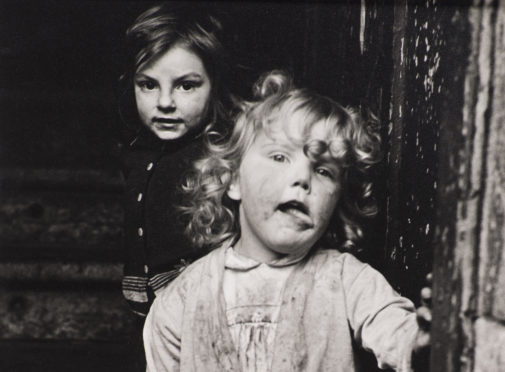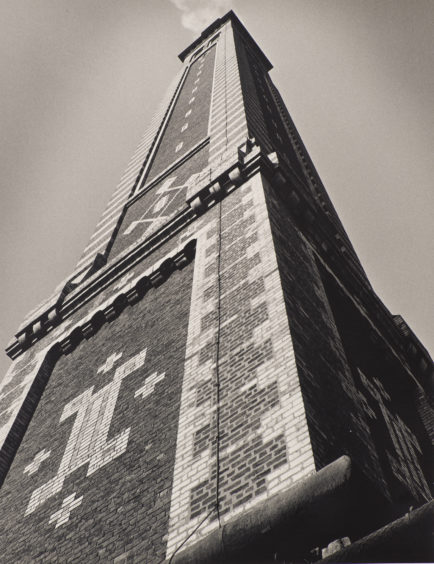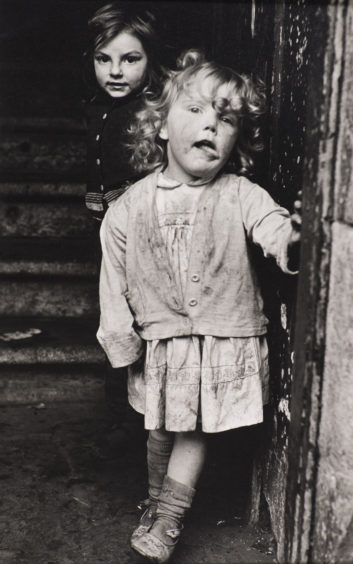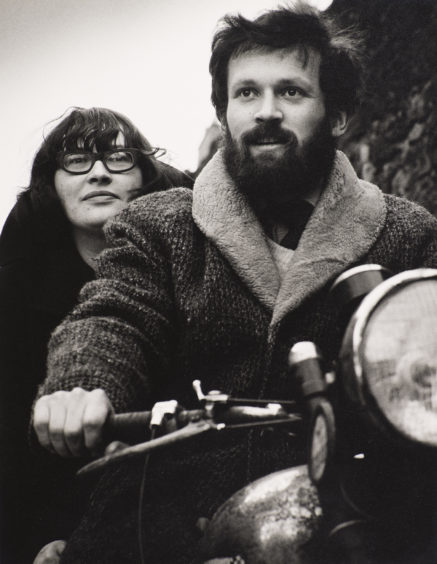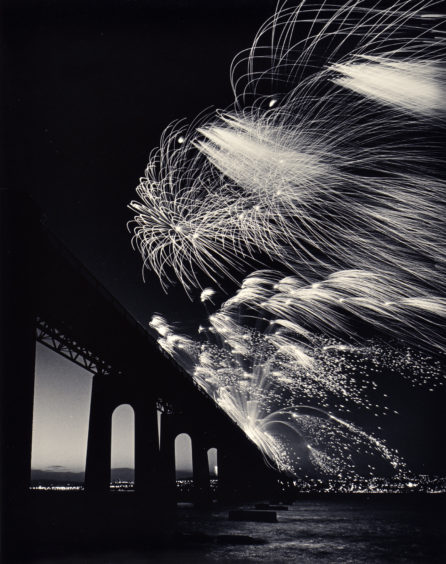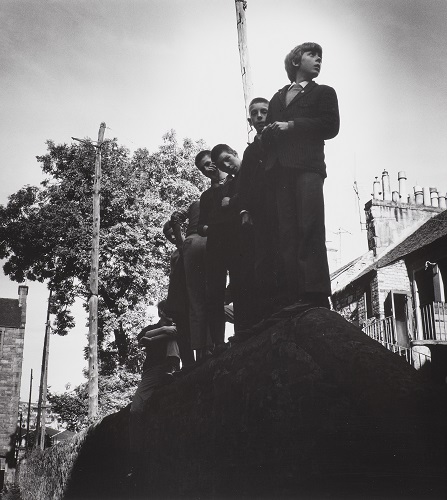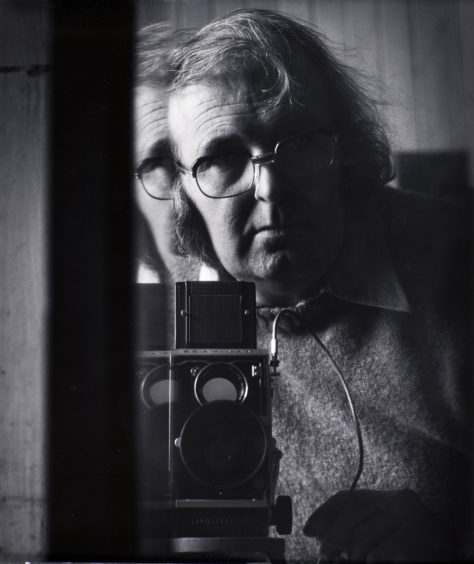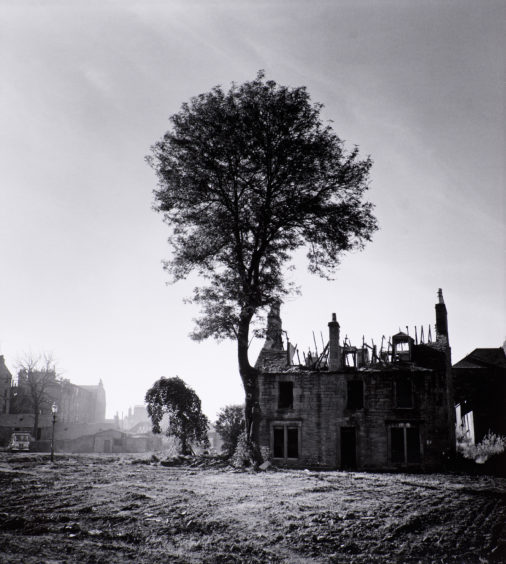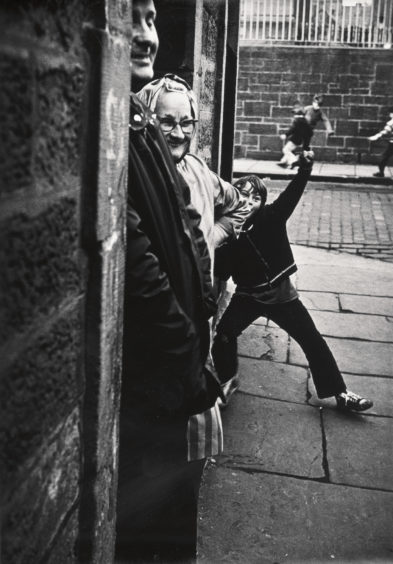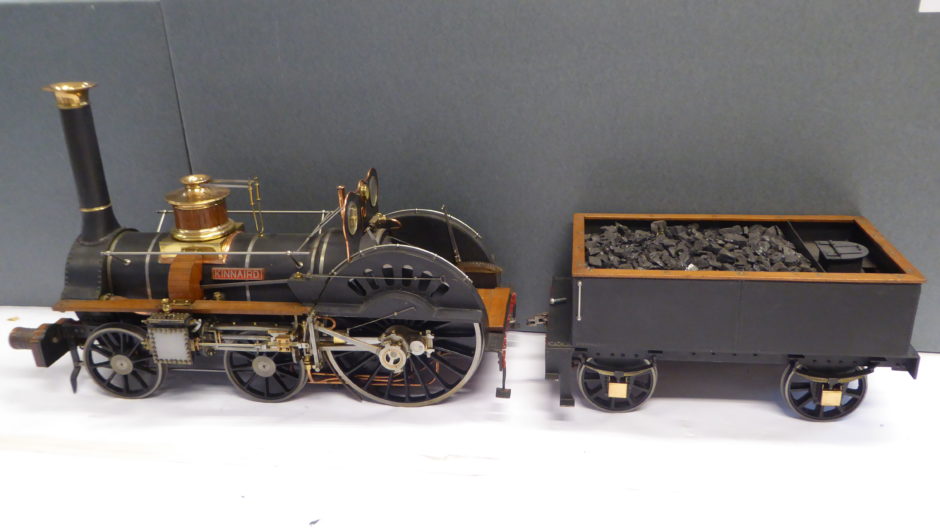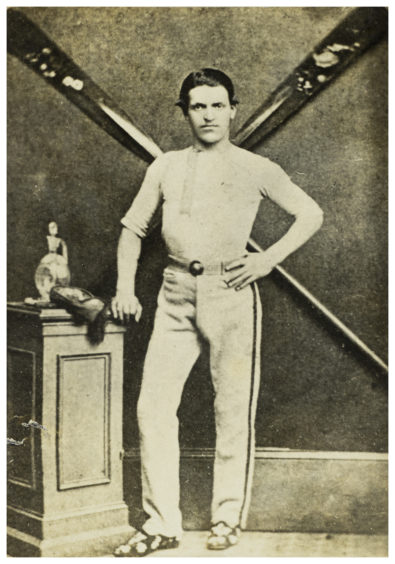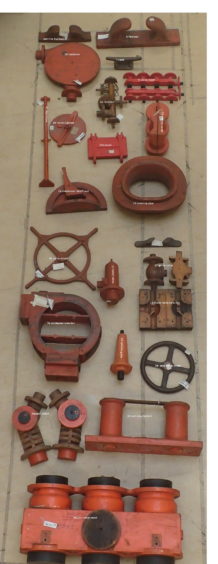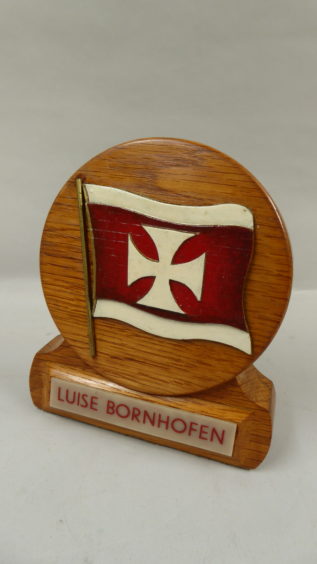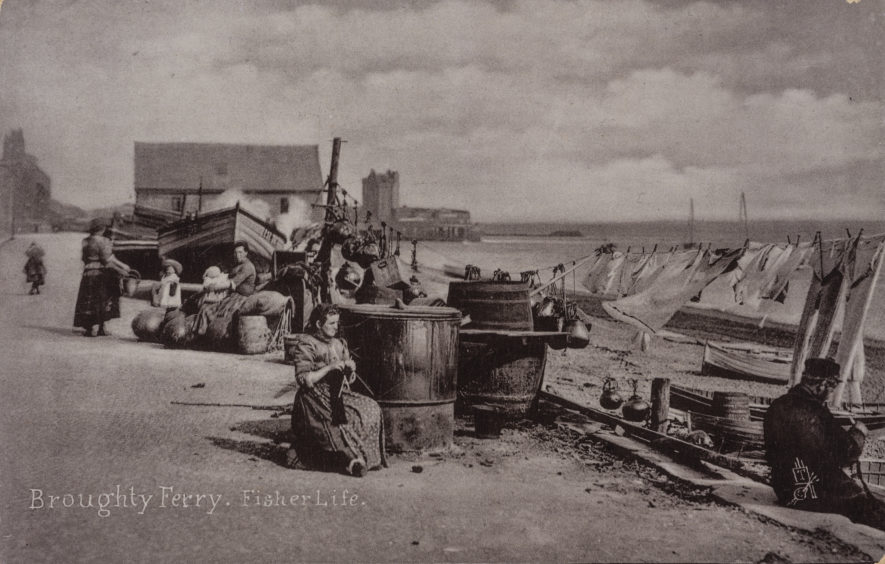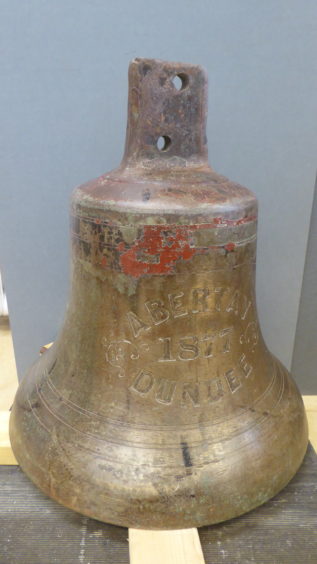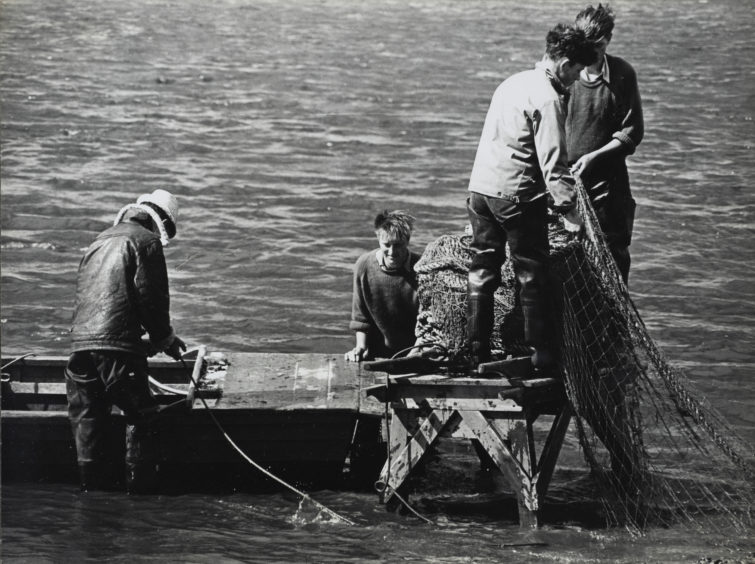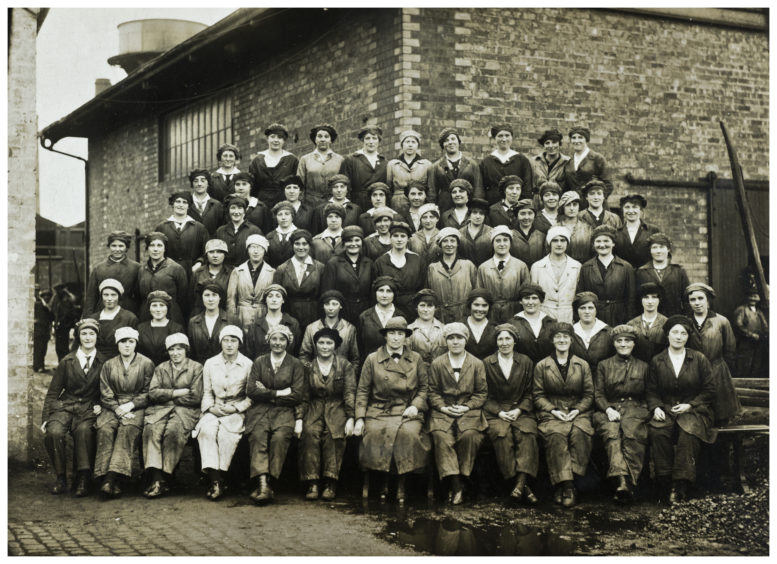Two new exhibitions at the McManus tell Dundee’s story in different ways – and offer hope and strength in these difficult times.
As the McManus: Dundee’s Art Gallery & Museum prepares to reopen its doors on August 20, two major new free exhibitions have been carefully curated to reflect these unprecedented times and offer hope and strength as we come out of lockdown.
A Love Letter to Dundee: Joseph McKenzie Photographs 1964-1987 and Time and Tide: The Transformation of The Tay will both focus on change in the city.
Curator Anna Robertson, who is responsible for the city’s nationally significant fine and applied art collection, offers an insight into the inspiration behind the Joseph McKenzie exhibition – McKenzie, who died in Dundee in 2015, is considered by many to be the father of modern Scottish photography.
“Within this collection, we have a large archive of black and white photographs by Joseph McKenzie,” says Anna.
“All were taken in Dundee during a period of significant change in the city.
“With the establishment of V&A Dundee and the continuing development of the waterfront, it felt like a good time to consider the decades of change that Dundee has experienced.”
So who was Joseph McKenzie? A Londoner, he moved to Dundee in 1964 to become head of photography at Duncan of Jordanstone College of Art.
“On arrival, he fell in love with the city and its people, describing himself ‘poleaxed by the combination of wonderful light and an eroding urban texture,’ says Anna.
“Over the decades that followed he was a witness to its many changes. These are reflected in his most celebrated photo essay, Dundee: City in Transition, and the darker, more personal, Hawkhill: Death of a Living Community.
“The two studies give a fascinating overview of Dundee. The images contrast the confident 1960s experience of full employment with the following decade’s struggles to solve poor housing and industrial decline.
“Dundee has remained a city in long-term transition. As the 21st Century waterfront transformation gains worldwide recognition, McKenzie’s photographs are evidence of the many decades of remodelling and reinvention this has taken.”
The exhibition includes around 140 black and white photographs and an STV documentary – The Road and the Miles.
“Joe provided very little information about individual photographs – believing his image and any title should suffice.
“Our past experience is that they generate a huge and highly emotional response. I was keen to include information from people who love Dundee as much he did and I had the great fortune to interview a number of individuals who provided in depth information and shared their personal histories.
“These became labels, alongside excerpts from our oral history recordings and short texts from local authors.”
Lockdown was announced just as Anna and the team were working on the final install of the exhibition.
“Shortly after the show was halted by lockdown, we started releasing weekly images from the exhibition on the McManus Twitter account, the most popular being an image of a tree growing out of a derelict house and a view of washing fluttering in the wind,” she reveals.
“All show the range of McKenzie’s subject matter from humane portraits of people going about their daily lives, glorious images of the Law, Tay Bridge and Cox’s stack to still life studies and elegies to buildings in the old Hawkhill.
“My own personal favourites change daily but I do love an image of the fireworks celebrating the opening of the Tay Road Bridge and another where a boy has jumped into a shot of an elderly couple which always makes me laugh.
The exhibition resonates in terms of changing times, the value of community and the prospect of better times ahead: “In many ways this exhibition could not have been programmed at a more appropriate time,” Anna reflects.
“In 1966, Joe described Dundee as ‘A City in Transition’ and it seems that Dundee has long been involved in change and a striving for better times ahead.
“At a time when many of us crave shared experiences and are missing a sense of community, this show underlines the very importance of a shared history and sense of belonging”.
Anna hopes the photographs will spark recognition – of familiar places now gone, of places that have stood the test of time and perhaps bring back long forgotten memories.
“There are many people captured in the photographs and the STV documentary. It would be lovely for someone to spot someone they know in one of Joe’s photographs or indeed in the STV documentary.
“Joe had a great sense of humour and there are many comic images that should stay with visitors long after they have left.
“The exhibition title was inspired by McKenzie’s photograph of a declaration of love, painted on a Hawkhill rooftop by a student. Taking the exhibition title as our lead, we sourced supporting information from those who love Dundee as passionately as Joe did.
“We are very grateful to former jute workers and current Tay Bridge staff who agreed to be interviewed and to all of the authors who agreed for their work to be reproduced as exhibition labels.”
The second exhibition, Time and Tide: The Transformation of the Tay looks at the influence of the Tay, without which Dundee would not exist nor have transformed from a small medieval settlement to Scotland’s fourth largest city.
Throughout lockdown, the river has provided a calm backdrop to the anxiety around us and the exhibition looks at how the growth of the city, particularly along the waterfront, has affected the Tay, its wildlife and the people who live here.
David Lampard, the curator of geology and zoology, explains: “The exhibition consists of objects from our natural history, local history and art collections.
“There is also historic film from the National Library of Scotland Moving Image Archive, as well as specially commissioned soundscape and video.”
The exhibition is roughly chronological, with five themes: Development of the Waterfront, which uses artworks, maps and plans, taking visitors through the development of the harbour from 1693 to the mid 1800s.
Across, Over and Along the River – this section tells the story of the Tay both as an obstacle to transport but as a transport route in its own right and includes items from the Tay ferries, the building and opening of the road bridge, the coming of the railway and development of industry.
Residents and Visitors highlights some of the mammals and birds found in the Tay – the Tay mouth has always been difficult to navigate and occasionally whales and dolphins strand on the beach, while the river is also home to some rare and unusual fish.
The Recent and Modern Waterfront section includes a unique item, a scale model of the Craigiebank area made for Home Guard training purposes, during the Second World War. Showing the shipyards, it also details the proposed position of the waterfront defences.
Finally, Recreation shows how in the late 19th and early 20th Centuries the Tay became a place of leisure, highlighted by a case based on the fishing industry for salmon.
“Originally very common salmon were commercially fished for centuries and we have a case detailing the lives of Broughty Ferry fisher folk,” says David.
“There are lantern slides and postcards of fishing families at work. This changed as salmon fishing became an exclusive sport.”
David and the team have also focused on sustainability during the making of the exhibition.
“The labels and publicity materials are made using recycled paper, some from coffee cups,” he explains.
“The ink is water soluble. Plinths and other cases will also be reused in future exhibitions. Object numbers are mounted on sea glass.”
David reveals some of the key moments for Dundee and the Tay, its waterfront and its wildlife.
“The first key moment was the granting of Royal burgh status around 1191, which gave Dundee the right to trade internationally,” he says.
“Certainly by the late 17th Century there was a flourishing harbour and small gradual improvements continued.
“The major expansion of the docks started with the opening of William IV dock in 1825 with others following,” he continues.
“At this time the coast was further inland than it is now. It followed from East to West Seagate, Yeaman Shore, Nethergate and Magdalen Yard Road.
“But perhaps the most dramatic moment that changed the coastline for good was the building of the railway lines,” he says.
“The Dundee and Arbroath railway opened in 1838, followed by the Dundee to Perth railway. Parts of these lines were built on causeways cutting off the natural coastline to the sea.
“The decline of the docks can be traced to the late 19th Century and early 20th Century when the existing docks became too small to handle larger ships,” he continues.
“The development of the port, railway and further land reclamation covered natural roosting, breeding and feeding areas for waders in particular,” says David.
“The coastline changed from being natural to one that is man-made with the sea wall extending along Riverside Drive.”
David and the team have enjoyed selecting items and finding out more about them, as well shining a light on some less well known objects.
The McManus struck gold at the 2019/20 Scottish Thistle Awards earlier this year when they won Best Visitor Attraction and both Anna and David are proud to be the People’s Museum and excited to be able to welcome visitors back to experience the power of Dundee’s collections for themselves.
A Love Letter to Dundee: Joseph McKenzie Photographs 1964-1987 runs from August 20 2020 – October 24 2021
Time and Tide: Te Transformation of the Tay runs from August 20 2020 – April 18 2021
